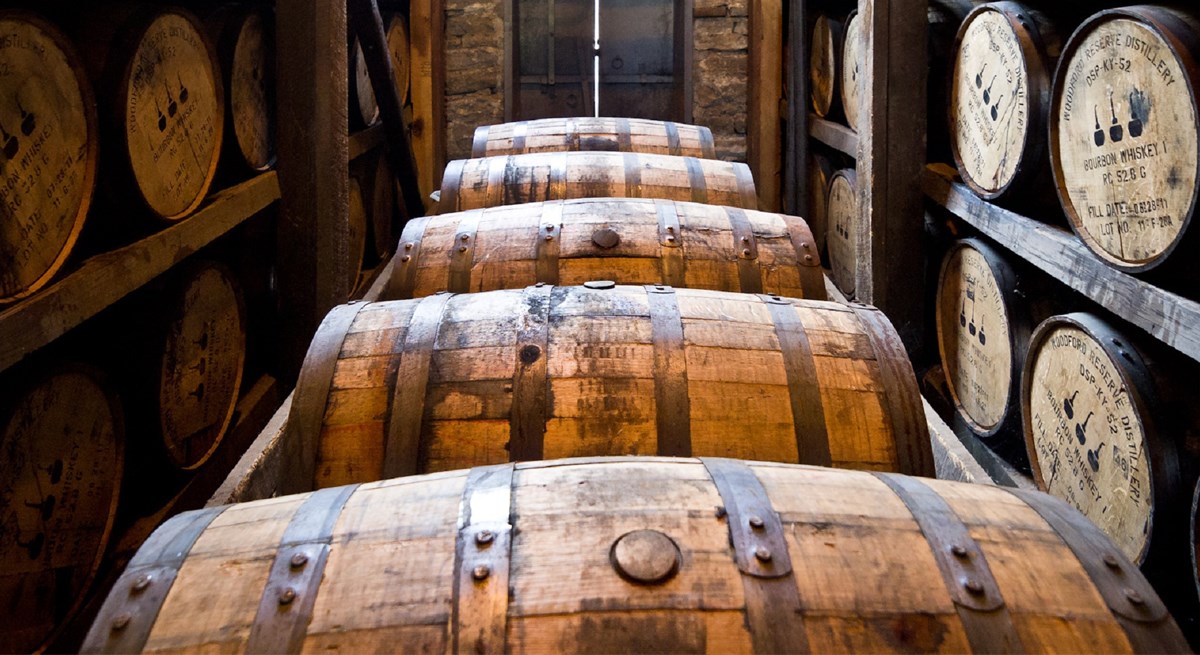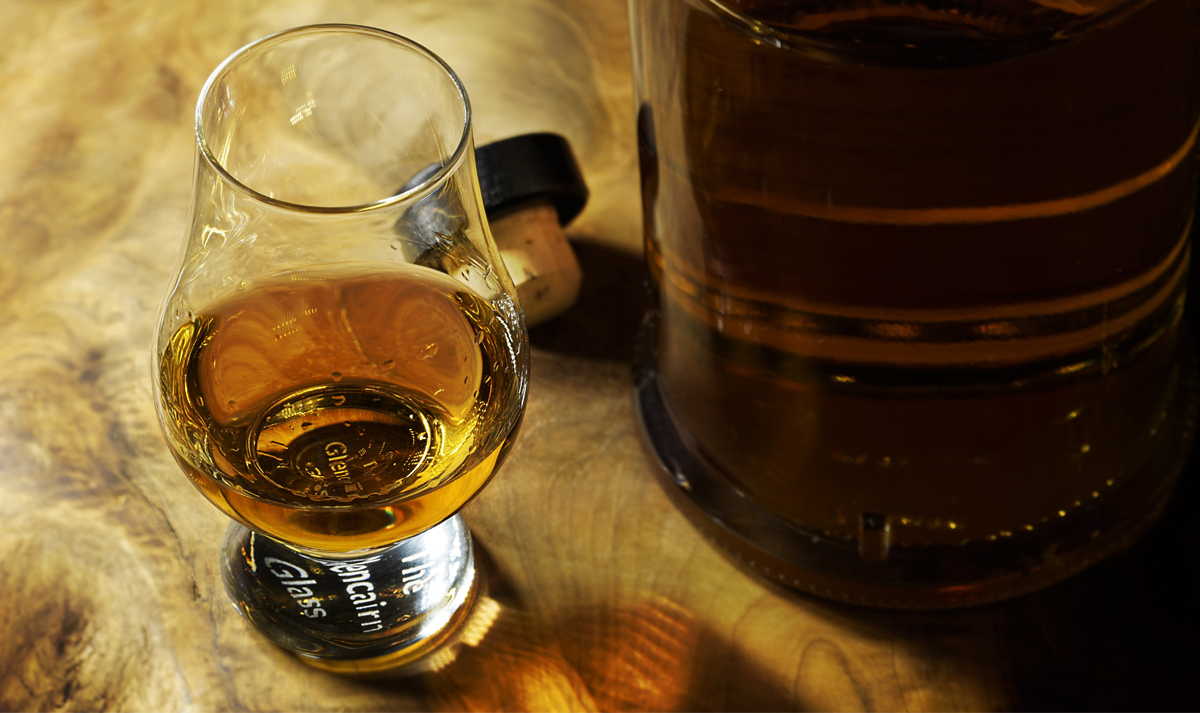Don’t judge a whisky by its colour
06/06/2018 Whisky
First impressions with whisky can be everything when buying a bottle, and colour can be central to this decision-making process. As we know, the colour of the whisky is generally gained from the cask it has been matured in, and rightly or wrongly many have used the following thought process:
Dark = Old and good
Light = Young and not so good.
So the colour is key for whisky producers when trying to entice customers to buy their produce, but what if the liquid they produce has a naturally light colour? What tactics have they used to overcome this psychological barrier in drinkers?
The most widely used method is caramel colouring (E150a). Used in almost all everyday blends (Famous Grouse, Whyte & MacKay), it is used to ensure consistency in the whisky. Every cask of whisky will have its own subtle nuances in flavour and colour, so when each batch of blended whisky is produced, they are likely going to be different colours. To keep the whisky shade consistent from batch to batch, blenders will use E150a to ensure that a Famous Grouse bought today, has the same colour profile as a bottle from five years ago, this is done so customers feel comfortable they are buying the same liquid every time.
In malt whiskies some feel the use of caramel colouring is underhanded. E150a has a very small impact on the flavour of the spirit, and is used by bottlers to trick consumer’s brains into thinking they are getting an older or sweeter spirit than they actually are, because it is darker. The use of E150a has been taken to the extreme to produce ‘black’ whiskies. The most famous example of this was the Loch Dhu black whisky, which looked more like a dark rum than a whisky. The heavy-handed use of the colouring had a huge impact on the flavour, giving this whisky the reputation as one of the worst single malts ever bottled.
The movement of lighter spirits into green or brown bottles was also employed by a number of bottlers. The idea behind this is that you could not see the colour of the liquid until it was in your glass, by which point you have already exchanged money, and it’s too late to change your mind.
Some whiskies when stored in a cold place or when chilled water is added can go cloudy, which has been known to put some drinkers off a bottle, assuming there is something wrong with it. In fact, the cloudiness is caused by the natural oils in the spirit reacting with the cold water. To prevent this, distillers started a process called ‘Chill Filtration’. This involves cooling the liquid down to almost freezing, and then filtering the oils off. Critics believe that removing these natural oils take away from the character and style of the whisky, so many bottlers have returned to ‘Non-chill Filtration’, whereby they remove any larger bits of sediment, so you don’t end up with chunks of wood in the bottom of your glass.
So when considering your next whisky purchase don’t always judge a whisky by its colour would be my advice.
For a complimentary auction valuation on one bottle or a collection, please click here >>
McTear’s sells more whisky than any other traditional auction house in the dedicated whisky auctions that take place monthly, run concurrently live online on a platform that attracts six million visitors annually from over 120 countries worldwide.
Written by Graeme Maxwell
What's it worth?
Find out what your items are worth by completing our short valuation form - it's free!

